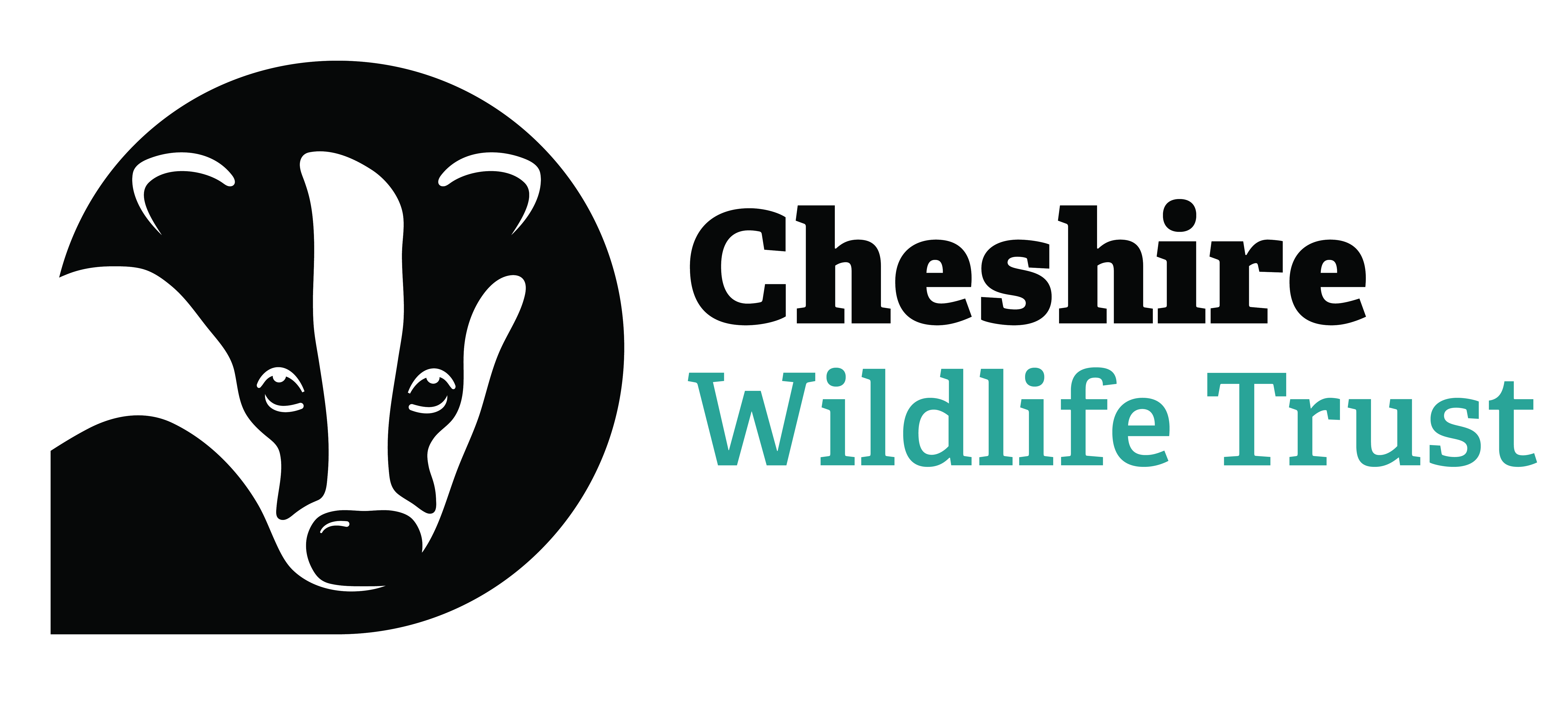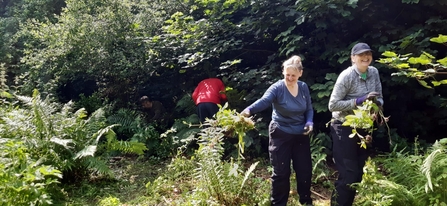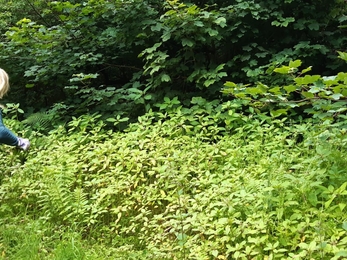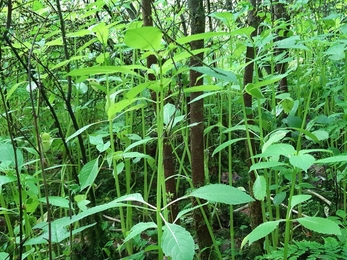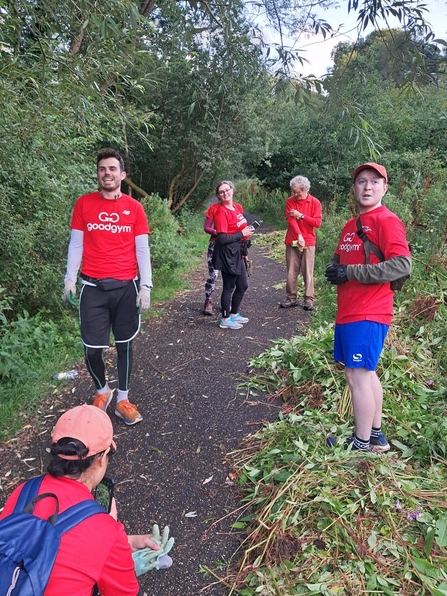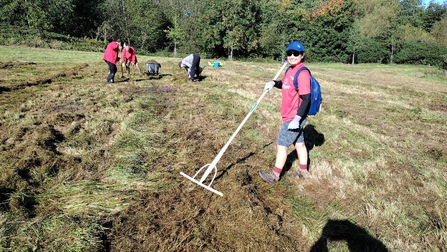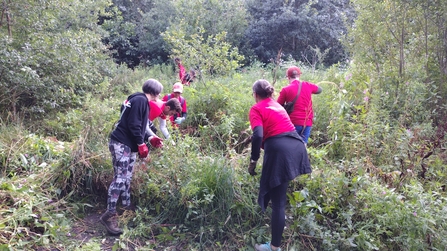Firstly, please could you introduce your group?
Happy Valley is a 17 hectare Local Nature Reserve (LNR) in Bramhall, Stockport. The land is council owned and is one of the first three sites in Stockport to receive LNR status. The Lady Brook flows through the valley, and adjacent to the river are meadows and the ancient woodland of Great Reddish Wood.
Happy Valley, Bramhall is a small group of volunteers who care for the reserve. Next year marks 30 years since the group was formed, with a couple of original volunteers still involved and one volunteer who first joined us at the age of 14, left to complete his studies and has now returned 28 years later.
